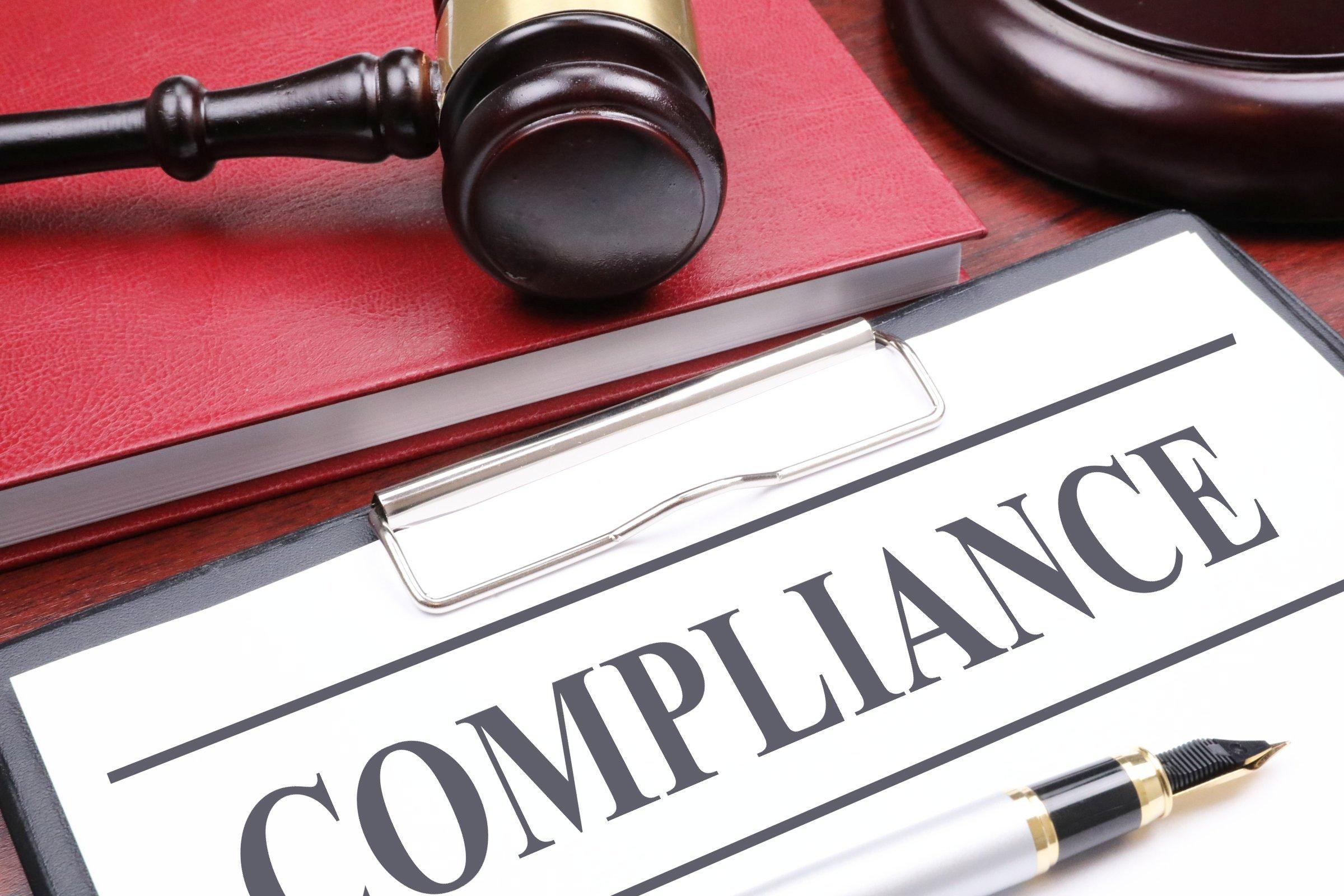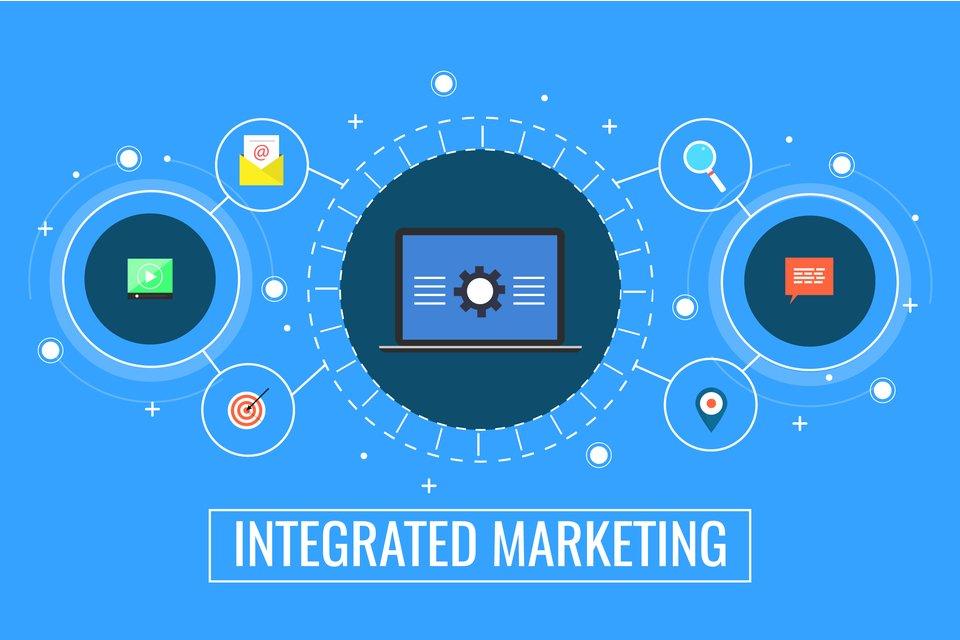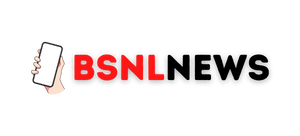Unveiling the Paradigm Shift: Embracing the Era of New Requirement!
In a world that continually evolves with the ebb and flow of progress, it is imperative to adapt swiftly and perceptively. As industries and technologies leapfrog towards the future, a new era has dawned upon us – one marked by a tantalizing demand for change. Welcome to a realm where innovation meets necessity, where agility becomes paramount, and where the conventional must bow to the extraordinary. Ladies and gentlemen, it is time to delve into the captivating world of the new requirement, where we explore the unparalleled landscapes of revolution and transformation that lie ahead. Buckle up and prepare for an exhilarating journey as we navigate through uncharted territories, embracing the uncertainty and unearthing the gems of endless possibilities.
A Paradigm Shift: Understanding the Implications of the New Requirement
With the implementation of the new requirement, it is essential to recognize the significant paradigm shift occurring in our industry. This change brings forth a plethora of implications that must be thoroughly understood and carefully navigated. As we delve into this new territory, it becomes evident that our conventional ways of operating will no longer suffice. Instead, we must embrace this transformative shift and adapt our strategies and mindset to capitalize on the opportunities it presents.
One of the most apparent implications of the new requirement is the need for increased transparency. As we move forward, it is crucial for businesses to be open and forthcoming about their processes, operations, and decision-making. This transparency fosters trust among stakeholders, aligns expectations, and ensures accountability. Furthermore, it allows businesses to stay ahead of potential regulatory challenges and strengthens their reputation in an ever-evolving market.
- Transparency enhances customer confidence and loyalty.
- It enables effective collaboration and partnerships.
- Organizational transparency boosts employee morale and engagement.
- Improved access to information facilitates innovation and informed decision-making.
As businesses adapt to the new requirement, they must also prioritize agility and flexibility. The ability to swiftly respond to changing circumstances and market dynamics is vital for staying competitive in an increasingly saturated landscape. By fostering a culture of adaptability, organizations can effectively navigate unexpected challenges, identify emerging opportunities, and maintain relevancy in the face of rapid industry evolution.
| Benefits of Agility and Flexibility | Impacts of Rigidness |
|---|---|
| Quicker time to market for new products and services. | Lost market share and missed growth opportunities. |
| Ability to pivot strategies based on customer demands. | Inability to respond to changing customer preferences. |
| Enhanced innovation and adaptability to emerging technologies. | Outdated processes and technology limitations. |

Navigating the Path to Compliance: Essential Steps for Implementation
<p>Embarking on the journey to comply with new requirements can be a daunting task for businesses of all sizes. However, by breaking down the process into manageable steps, organizations can pave their way towards achieving compliance and ensuring their operations are in line with the latest regulations. Here, we outline some essential steps that businesses can take to successfully navigate the path to compliance.</p>
<h3>Step 1: Thoroughly Understand the Requirements</h3>
<p>In order to comply with any new requirement, it is crucial to have a clear understanding of what the regulations entail. Take the time to study the guidelines, seek professional advice if needed, and identify how they specifically apply to your organization. Document all the compliance requirements, ensuring nothing is overlooked. By doing so, you can lay the foundation for a comprehensive compliance strategy.</p>
<h3>Step 2: Develop a Compliance Plan</h3>
<p>Once you have a solid grasp of the requirements, it's time to develop an effective compliance plan. This plan should outline how you will implement the necessary changes within your organization to meet the new regulations. Create a timeline, set realistic goals, and assign responsibilities to specific team members. It's important to involve stakeholders from various departments to ensure a holistic approach to compliance.</p>
<ul>
<li><strong>Conduct a gap analysis:</strong> Assess your current processes and identify any gaps between your existing practices and the new requirements.</li>
<li><strong>Implement necessary changes:</strong> Determine what changes need to be made, whether it be updating policies, enhancing data security measures, or improving employee training programs.</li>
<li><strong>Monitor and review:</strong> Regularly monitor the progress of your compliance efforts and review them to ensure continued adherence to the requirements.</li>
</ul>
<p>By following these essential steps, businesses can make significant strides towards compliance. Remember, compliance is an ongoing process, and by staying proactive and responsive to new regulations, organizations can thrive in an ever-changing regulatory landscape.</p>
Achieving Seamless Integration: Strategies for Adapting Existing Workflows
As businesses evolve and grow, it becomes essential to adapt existing workflows to meet new requirements. Achieving seamless integration between different components of a workflow can streamline processes and enhance efficiency. In this post, we will explore strategies that can be employed to successfully adapt existing workflows and foster harmonious collaboration.
1. Identify the bottlenecks: The first step towards achieving seamless integration is to identify any bottlenecks within your current workflow. Is there a particular stage that causes delays or hinders productivity? Analyze and pinpoint these areas to focus your efforts on optimizing them.
2. Introduce automation: Automation has become a key driver in achieving efficiency. Look for opportunities to automate repetitive tasks and minimize manual intervention. From cloud-based document management systems to workflow automation software, there are various tools available to help streamline your processes.
3. Foster cross-department collaboration: Break down silos and encourage collaboration between different teams or departments. Seamless integration often requires open communication channels and a shared understanding of goals and objectives. Foster a culture of collaboration to ensure smooth workflows.
4. Evaluate and implement workflow management tools: Investing in workflow management tools can significantly enhance integration and efficiency. From project management platforms that provide real-time updates to task tracking software, choose the tools that align with your specific workflow requirements.
| Category | Value |
|---|---|
| Revenue | $1,200,000 |
| Expenses | $800,000 |
| Profit | $400,000 |
By implementing these strategies, businesses can adapt their existing workflows to meet new requirements seamlessly. Embracing automation, fostering collaboration, and utilizing workflow management tools all contribute to streamlined processes and improved productivity. Remember, achieving seamless integration is an ongoing process that requires constant evaluation and optimization.

Embracing the Change: Communicating and Engaging Stakeholders to Ensure Success
In today’s ever-evolving business landscape, embracing change is not just a choice, but a necessity. As organizations strive to innovate and stay ahead of the competition, effectively communicating and engaging with stakeholders becomes paramount to ensuring the success of any initiative. Whether it’s implementing new technologies, restructuring processes, or introducing novel strategies, clear and transparent communication is key.
One way to effectively engage stakeholders and facilitate successful change is by constructing a comprehensive communication plan. This plan should encompass various channels, such as email updates, team meetings, and even virtual town halls, to cater to different preferences and promote inclusivity. Additionally, by providing stakeholders with regular progress reports and encouraging open feedback, it allows for a collaborative environment where everyone feels valued and involved.
- Identify key stakeholders: Before initiating any change, it is crucial to identify and prioritize the stakeholders who will be directly or indirectly affected. This could include employees, clients, investors, or community partners.
- Create personalized messaging: Tailoring communication for different stakeholder groups is essential. Craft messages that address their specific concerns, roles, and expectations, ensuring they feel heard and understood.
- Provide resources for support: Change can often bring uncertainty and resistance. Offering resources, such as training materials, FAQs, and online forums, can help stakeholders navigate the transition effectively and alleviate any anxieties they may have.
The Conclusion
In a world of constant change, adaptability becomes our strongest ally. As we bid farewell to the pages of this article, it is evident that the new requirement has emerged as a crucial factor in navigating the ever-evolving landscape of life. From the granite foundations of progress, a refreshing breeze blows, carrying with it the aroma of transformation. Rest assured, dear reader, for the new requirement acts as a gentle but persuasive force, urging us to constantly reevaluate our beliefs, refine our skills, and embrace the unmistakable rhythm of growth.
This extraordinary requirement demands more than mere compliance; it necessitates the audacity to step outside our comfort zones, to challenge the status quo, and to push the boundaries that confine us. It is an invitation to marvel at the wonders of innovation, to forge new connections, and to summon our innate curiosity as we embark on uncharted territories. With each passing moment, the new requirement glimmers like a guiding star, leading us towards unforeseen possibilities, untapped potentials, and uncharted realms of excellence.
Yet, let us not misconstrue the new requirement as a burden or obligation. Rather, it is an opportunity for personal and collective renaissance, a testament to the endurance of the human spirit, and a catalyst for dreams yet to be dreamt. Amidst the realms of uncertainty, it whispers promises of resilience, adaptability, and an unwavering belief in the boundlessness of human potential.
As we embrace the dawn of this new era, let us not shy away from the embrace of the new requirement. Instead, let us dance to the tunes of its ever-present melody, knowing that growth and progress are often born out of these delicate harmonies. And so, dear reader, as we bid adieu, may you embrace the challenges and possibilities that lie ahead, fortified by the understanding that the new requirement is not a shackling force, but rather a liberating call to action. For it is in actively meeting this requirement that we, as individuals, communities, and societies, ensure an enduring legacy of innovation, transformation, and ultimately, a brighter tomorrow.

